Registro completo de metadatos
| Campo DC | Valor | Lengua/Idioma |
|---|---|---|
| dc.rights.license | Reconocimiento 4.0 Internacional. (CC BY) | - |
| dc.contributor.author | Baldassini, Pablo | es |
| dc.contributor.author | Baethgen, Walter | es |
| dc.contributor.author | Camba Sans, Gonzalo | es |
| dc.contributor.author | Quincke, Andres | es |
| dc.contributor.author | Pravia, Virginia M. | es |
| dc.contributor.author | Terra, José | es |
| dc.contributor.author | Macedo, Ignacio | es |
| dc.contributor.author | Paruelo, José | es |
| dc.date.accessioned | 2024-11-26T19:21:12Z | - |
| dc.date.available | 2024-11-26T19:21:12Z | - |
| dc.date.issued | 2023 | - |
| dc.identifier.uri | https://hdl.handle.net/20.500.12381/3707 | - |
| dc.description.abstract | Carbon net emission is a critical aspect of the environmental footprint in agricultural systems. However, the alternatives to describe soil organic carbon (SOC) changes associated with different agricultural management practices/land uses are limited. Here we provide an overview of carbon (C) stocks of non-forested areas of Uruguay to estimate SOC changes for different soil units affected by accumulated effects of crop and livestock production systems in the last decades. For this, we defined levels based on SOC losses relative to the original (reference) SOC stocks: 25% or less, between 25% and 50%, and 50% or more. We characterized the reference SOC stocks using three approaches: (1) an equation to derive the potential SOC capacity based on the clay and fine silt soil content, (2) the DayCent model to estimate the SOC stocks based on climate, soil texture and C inputs from the natural grasslands of the area, (3) an estimate of SOC using a proxy derived from remote sensing data (i.e., the Ecosystem Services Supply Index) that accounts for differences in C inputs. Depending on the used reference SOC, the soil units had different distributions of SOC losses within the zones defined by the thresholds. As expected, the magnitude of SOC changes observed for the different soil units was related to the relative frequency of annual crops, however, the high variability observed along the gradient of land uses suggests a wide space for increasing SOC with agricultural management practices. The assessment of the C stock preserved (CSP) belowground and the potential for increasing C accumulation or sequestration (CAP) are critical components of the C footprint of a given system. Thus, we propose a methodological road map to derive indicators of CSP and CAP at the farm level combining both, biogeochemical simulation models and conceptual models based on remote sensing data. We recognize at least three critical issues that require scientific and political consensus to implement the use of this propose: (1) how to define reference C stocks, (2) how to estimate current C stocks over large areas and in heterogeneous agricultural landscapes, and (3) what is a reasonable/acceptable threshold of C stocks reduction. | es |
| dc.description.sponsorship | Agencia Nacional de Investigación e Innovación | es |
| dc.description.sponsorship | Instituto Nacional de Investigación Agropecuaria | es |
| dc.description.sponsorship | Consejo Nacional de Investigaciones Científicas y Técnicas | es |
| dc.description.sponsorship | Universidad de Buenos Aires | es |
| dc.language.iso | eng | es |
| dc.publisher | Frontiers Media S.A. | es |
| dc.rights | Acceso abierto | * |
| dc.source | Frontiers in Sustainable Food Systems | es |
| dc.subject | Carbon sequestration | es |
| dc.subject | Remote sensing | es |
| dc.subject | Soil organic carbon | es |
| dc.subject | DayCent | es |
| dc.subject | Ecosystem services | es |
| dc.subject | Agricultural emissions | es |
| dc.title | Carbon stocks and potential sequestration of Uruguayan soils: a road map to a comprehensive characterization of temporal and spatial changes to assess carbon footprint | es |
| dc.type | Artículo | es |
| dc.subject.anii | Ciencias Agrícolas | |
| dc.subject.anii | Otras Ciencias Agrícolas | |
| dc.identifier.anii | IA_2021_1_1010784 | es |
| dc.type.version | Publicado | es |
| dc.identifier.doi | https://doi.org/10.3389/fsufs.2023.1045734 | - |
| dc.anii.institucionresponsable | Instituto Nacional de Investigación Agropecuaria | es |
| dc.anii.institucionresponsable | Universidad de la República | es |
| dc.anii.institucionresponsable | Universidad de Buenos Aires | es |
| dc.anii.subjectcompleto | //Ciencias Agrícolas/Otras Ciencias Agrícolas/Otras Ciencias Agrícolas | es |
| Aparece en las colecciones: | Publicaciones de ANII | |
Archivos en este ítem:
| archivo | Descripción | Tamaño | Formato | ||
|---|---|---|---|---|---|
| Baldassini_2023_FSUFS.pdf | Descargar | 3.35 MB | Adobe PDF |
Las obras en REDI están protegidas por licencias Creative Commons.
Por más información sobre los términos de esta publicación, visita:
Reconocimiento 4.0 Internacional. (CC BY)
